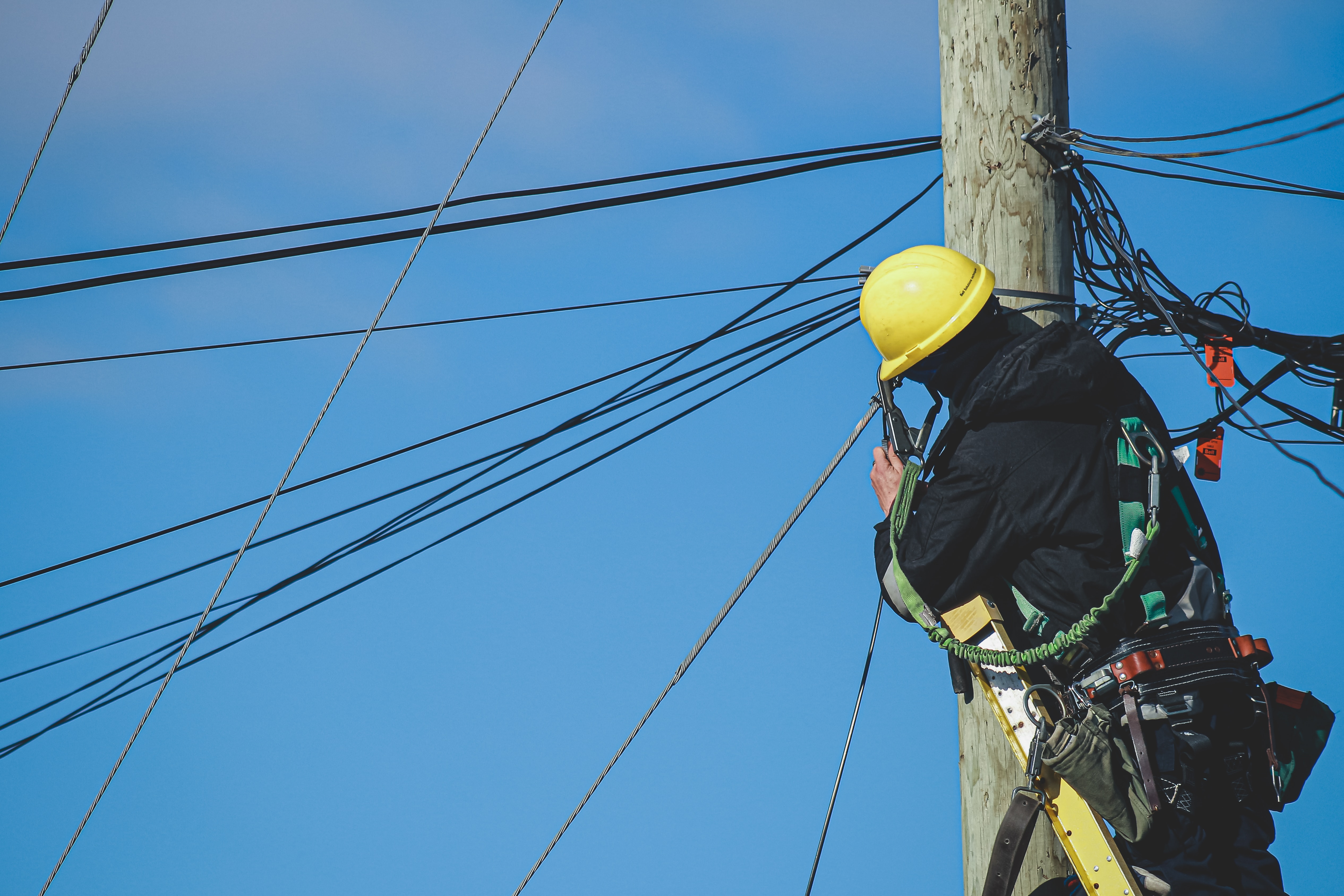The Federal Communications Commission's (FCC) decision to revise rules on pole attachments has stirred a significant industry conversation. This blog post delves into the proposed reforms, emphasizing the varied perspectives of different stakeholders and their potential impact on the telecommunications sector.
Key Aspects of the FCC's Reforms
The FCC's reforms are aimed at streamlining dispute resolution processes and increasing transparency, pivotal for the expansion of broadband infrastructure. The move has elicited a range of responses from industry players, reflecting the complexity and significance of these changes.
Varied Perspectives from Industry Players
- Connect the Future (CTF) commends the FCC's steps but stresses the need for further reforms to address broadband expansion challenges effectively.
- NCTA – The Internet and Television Association advocates for shorter timelines for large pole attachment orders, emphasizing the need for efficiency to meet broadband grant deadlines.
- ACA Connects underscores the importance of allowing attachers like Charter to use their contractors, highlighting the challenges with utility-listed contractor availability.
- Communications Workers of America (CWA) raises safety and quality concerns about third-party contractors, pointing to potential labor agreement conflicts.
- Utility Companies (Concerned Utilities) express reservations about mandates like sharing pole inspection reports, citing potential regulatory burdens and data sharing implications.
- Edison Electric Institute (EEI), while broadly supportive, seeks clarity on specific ruling aspects to ensure balanced interests between pole owners and attachers.
Analyzing the Proposed Timelines
The debate centers around the FCC's additional 90-day timeline for utility companies on large orders. NCTA contends that this extension could delay project completions, affecting adherence to broadband grant timelines.
- Third-Party Contractors: A Contested Proposal
- The industry is split on the use of third-party contractors. While ACA Connects sees this as a solution for expedited service, CWA's concerns revolve around the impact on safety standards and existing labor agreements.
- Utility Companies' Concerns
- Utility companies, pivotal as pole owners, are wary of new requirements like providing pole inspection reports, fearing increased regulatory burdens and the broader implications of such data sharing.
- Implications for Broadband Expansion
- These discussions highlight the challenges in aligning efficient broadband expansion with varied stakeholder interests. The FCC's mediation in this process is crucial, especially with significant investments in broadband infrastructure on the horizon through programs like BEAD grants.
As Wicresoft International engages with the evolving telecommunications landscape, understanding these FCC reforms is crucial for strategic planning. The ongoing dialogue among industry groups, utility companies, and regulatory bodies signifies the dynamic nature of telecommunications infrastructure deployment, emphasizing the need for informed and adaptable strategies

